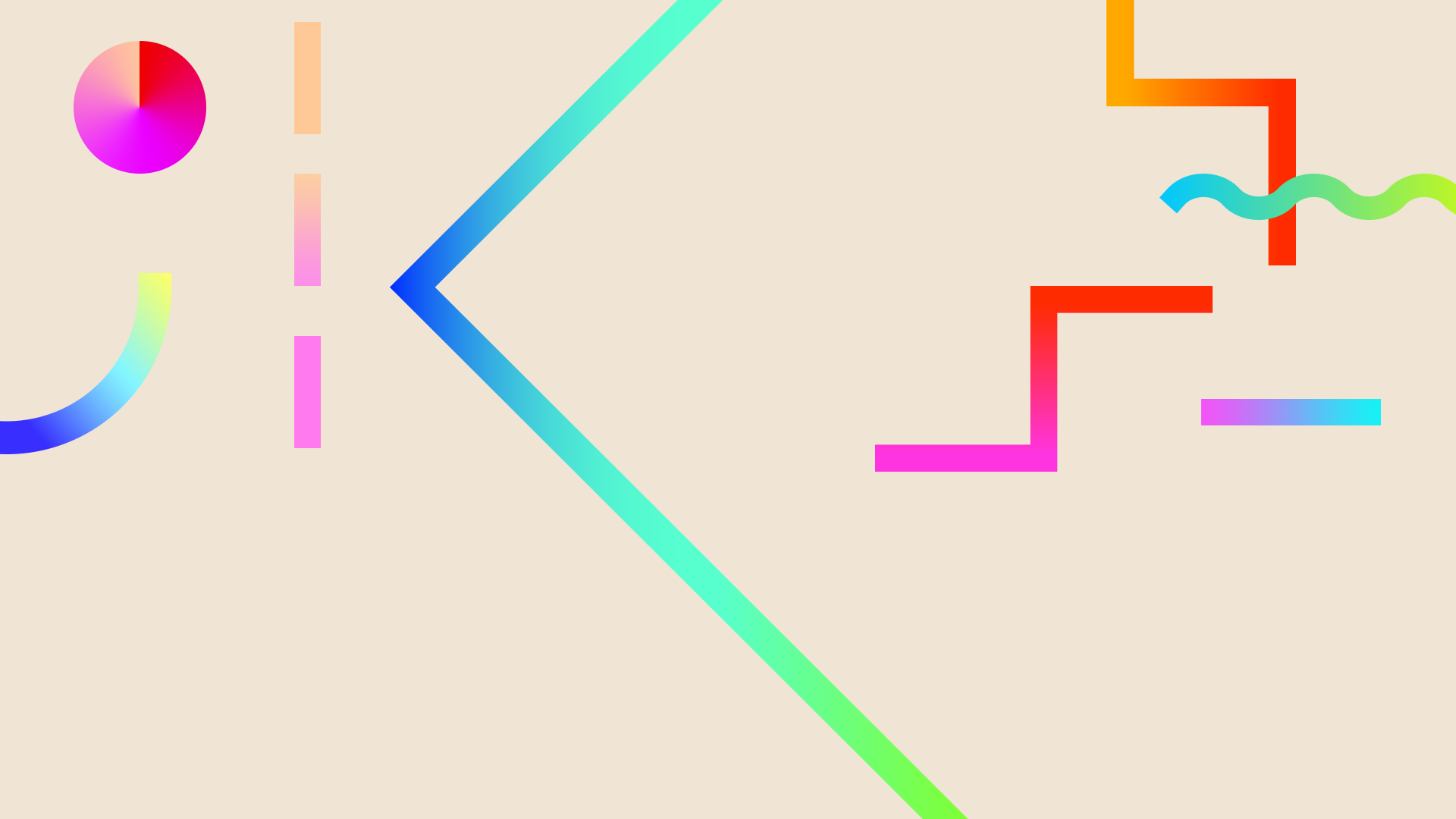
Week 3
Monday 10:00 - 11:00
Activity 1
Japanese bookstore
Click the link above and read the article online. Answer the questions in your book. Rule up your page with a margin.
Activity 2
Brain article reading with Natalie
Read and discuss how we can learn from our mistakes.
Activity 3
Vocabulary builder
Find the definition of the words below. Write the definition and then put them in sentences in your book. Rule up your page with a margin.
veteran
clerk
ultimate
entrepeneur
technique
attribute
virtual
rehabilitation
Week 5
Monday 10:00 - 11:00
Debate!
Read this article about whether or not kids should have homework over school breaks.
In your summary consider these points:
-
What type of text is this?
-
What was a reason for no homework during holidays?
-
What was a reason for homework during holidays?
-
What is your opinion?
Week 6
Monday 10:00 - 11:00
Your amazing brain!
Check out this link to five interesting facts about the brain.
Briefly summarize each paragraph in your book. Don't forget to rule up.
As we are getting really awesome at summarizing now, if you finish quickly, pick your favourite fact and make an A4 poster about it (in your own words of course!)
Week 8
Tuesday 9:00 - 10:00
Sharks need protecting too.
Check out this link to a persuasive text about how shark finning is harming the species.
Activity 1
There are lots of interesting words in this article so one activity will be to match the words to their meanings with Natalie.
Activity 2
The other activity will be to summarize the text. Please include:
- what type of text this is (The reading about sharks is a _____ text in the form of a _____)
- what the main arguments are (We did this last week with the composting)
- and any persuasive devices used (Think of AFOREST)
Brain Revision! Use this information (and what you already know) to help solve the Big Brain Crossword!
Information from: http://brainmadesimple.com/
When you think of the amygdala, you should think of one word. Fear. The amygdala is the reason we are afraid of things outside our control. It also controls the way we react to certain stimuli, or an event that causes an emotion, that we see as potentially threatening or dangerous.
The medulla is easily the most important part of the brain. Its functions are involuntary, or done without thought. We would not be able to live without the medulla because of the myriad of crucial tasks it performs including regulating blood pressure and breathing. As a part of the brain stem, it also helps transfer neural messages from the brain to the spinal cord.
The cerebellum is one of the most identifiable parts of the brain due to its unique shape and location. It is extremely important for being able to perform everyday voluntary (done with purpose and intent) tasks such as walking and writing. It is also essential to being able to stay balanced and upright. Patients who have suffered from damaged cerebellums often struggle with keeping their balance and maintaining proper muscle coordination.
The hypothalamus is mainly responsibly for motivational behavior. It is the reason we know when we are hungry or thirsty. The hypothalamus also helps our body maintain a constant temperature. This part of the brain also controls the pituitary gland, which is the master gland that controls all the other endocrine glands in the body. Thus, the hypothalamus plays a key role in connecting the endocrine system with the nervous system.
The hippocampus has a unique shape, similar to that of a horseshoe. It not only assists with the storage of long term memories, but is also responsible for the memory of the location of objects or people. We would not even be able to remember where our house is without the work of the hippocampus. Alzheimer's disease, (a disease that effects elderly people and often results in loss of memory) has been proven to have affected and damaged this area of the brain.
The thalamus is similar to a doctor that diagnoses, or identifies, a patient's disease or sickness. It diagnoses different sensory information that is being transmitted to the brain including auditory (relating to hearing or sound), visual, tactile (relating to touch), and gustatory (relating to taste) signals. After that, it directs the sensory information to the different parts and lobes of the cortex. If this part of the brain is damaged, all sensory information would not be processed and sensory confusion would result.
The Pons serves as a message station between several areas of the brain. It helps relay messages from the cortex and the cerebellum. Without the pons, the brain would not be able to function because messages would not be able to be transmitted, or passed along. It also plays a key role in sleep and dreaming, where REM sleep, or the sleeping state where dreaming is most likely to occur, has been proven to originate here, in the pons.
Patterns and Algebra
For each of the 3 patterns complete the following...
1. Draw the next pattern below
2. Create the Stage Number for the pattern (listed below each pattern)
3. Make a table showing the total number of squares for each Stage Number.
4. Explain the RULE for each of the patterns.
* SHOW STAGE NUMBER 9 (you can describe it or create it)
* SHOW STAGE NUMBER 13 (you can describe it or create it)
* SHOW STAGE NUMBER 42 (you can describe it or create it)



